Should you measure BMI, waist circumference or something else?
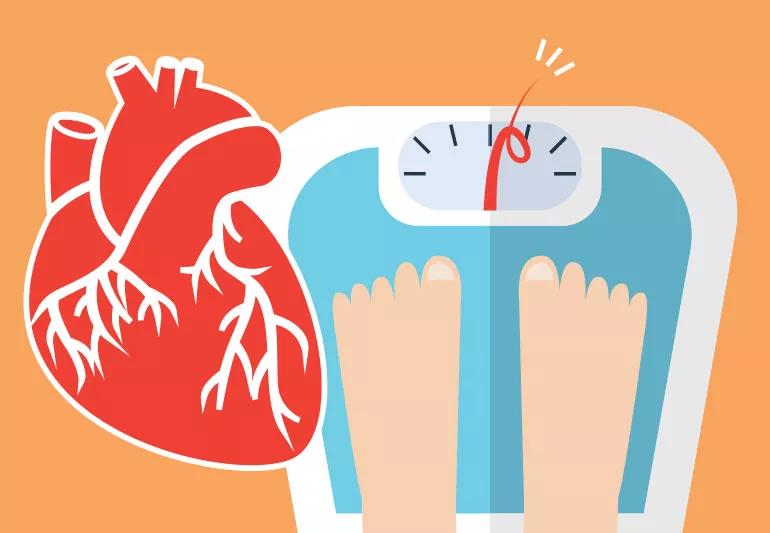
It’s certainly not breaking headline news that having overweight or obesity is harmful to your health. “As weight goes up, so does the risk of serious problems such as high blood pressure, diabetes and heart disease,” says cardiologist Leslie Cho, MD.
Advertisement
Cleveland Clinic is a non-profit academic medical center. Advertising on our site helps support our mission. We do not endorse non-Cleveland Clinic products or services. Policy
But body size is just one number when it comes to calculating risk. Body shape matters, too.
So how do you figure out whether your shape is just-right or needs tweaking? Here are the key numbers to consider. (The math is minimal, we promise.)
Odds are you’re familiar with body mass index (nickname: BMI). BMI factors in both height and weight to estimate how much body fat a person has. The scores break down like so:
BMI is easy to figure out, since handy BMI calculators are available to do the math for you. And the number is useful, Dr. Cho says. “For the majority of Americans, BMI is a pretty good indicator of risk.”
But it’s not perfect. BMI might overestimate risk in athletes who have a lot of muscle and little fat for their height. And it could underestimate risk in older people who have lost muscle tone.
Plus, body fat isn’t all created equal. It’s possible to have a healthy BMI, but still be at elevated risk for heart disease if your fat cells are settling in the wrong areas. To go beyond BMI basics, you’ll have to do a little navel-gazing. (In other words: Grab a tape measure, because it’s time to measure your waist!)
Advertisement
You’d think that fat cells don’t have much to do except making you feel self-conscious at the beach. Wrong! They’re surprisingly busy.
“We used to think fat just hung out in the body, but that’s not the case,” Dr. Cho says. “Fat cells are extremely active. They release hormones and other chemicals that can fuel inflammation.”
Inflammation, in turn, is linked to an increased risk of many diseases, including nasty ones like heart disease, cancer and diabetes. And unfortunately for Old St. Nick and his bowl-of-jelly belly, fat cells in the abdomen are especially active.
From a heart disease perspective, it’s better to be a pear shape than an apple.
If you want to determine your health risk, waist size is an important number to measure. A study published in the Journal of the American Heart Association found that waist size was better than BMI at predicting the risk of heart attack, especially in women.
These measurements can help you clue into the situation around your middle:
How many math problems do you need to do to stay healthy? Dr. Cho says crunching all the numbers can help you paint a clearer picture of your risk. But if math isn’t your forte, BMI and waist circumference alone are good indicators of risk, Dr. Cho adds.
“It’s a busy world out there. I want people to take ownership of their risk in a way that works for them.”
Ultimately, Dr. Cho says, people should view these numbers not as signs of doom and gloom, but as inspiration to adopt some healthier habits, if needed. Even small amounts of weight loss can improve the health of your heart.
“Sometimes the hardest things to do are the things that make the biggest difference,” she says. “If you are overweight, it’s important to make changes to your diet and exercise routines.”
Advertisement
Learn more about our editorial process.
Advertisement

Inactivity increases your risk of aches, pains and chronic diseases

Research shows a strong association between rheumatoid arthritis and heart issues

Knowing what you can do to prevent or manage heart disease is half the battle
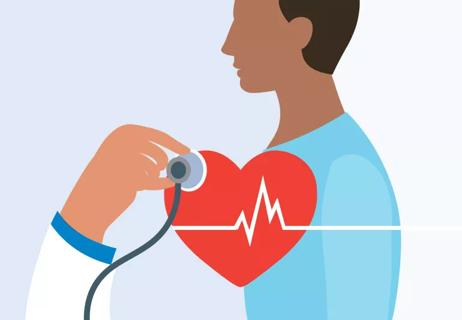
A skipped heartbeat is usually your heart returning to its normal electrical path
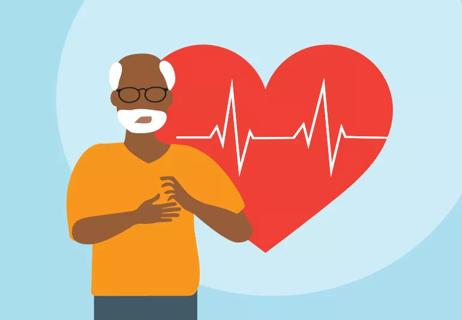
Don’t self-medicate with vitamin supplements without consulting a doctor first
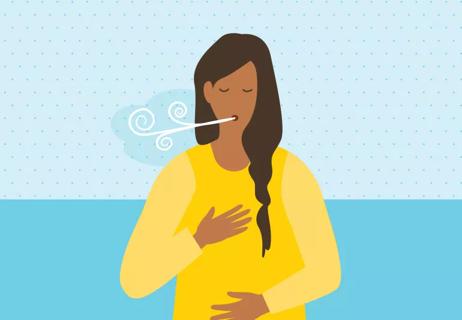
When your heart races, pounds or flutters, don’t panic, and try these calming methods
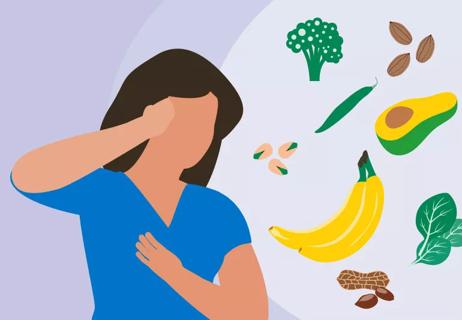
Too little magnesium can make your heartbeat go off beat
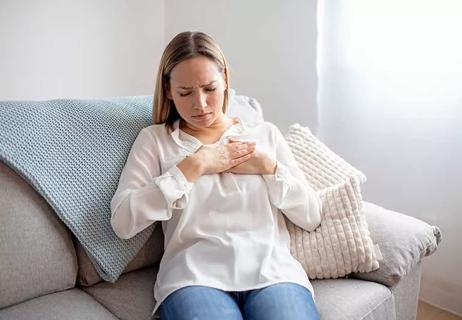
High heart rate, pain and dizziness can signal something more serious than a skipped beat

If you’re feeling short of breath, sleep can be tough — propping yourself up or sleeping on your side may help

If you fear the unknown or find yourself needing reassurance often, you may identify with this attachment style

If you’re looking to boost your gut health, it’s better to get fiber from whole foods